Mindfulness Practice Part 2
This is part two in the series. Read part one here.
It was a crisp and clear October night as I set out to hear the second lecture in a series on Mindfulness Practice Meditation. Jon Kabat-Zinn is the founder of the Stress Reduction Clinic and the Center for Mindfulness in Medicine, Health Care, and Society at the University of Massachusetts Medical School in Worcester, MA. He has been teaching mindfulness meditation to patients as a way to reduce stress and pain, cope with illness, and reduce anxiety for over 25 years. He was addressing the lecture hall on this night.
Kabat-Zinn explained that we as humans are not at our best when we are stressed. We are more susceptible to getting sick, as when we catch a cold, or get a sore throat. Our auto immune system is connected to our stress levels and if we can learn how to calm the mind, the body will be able to resist germs more efficiently. He pointed out that 95% of the budget at the National Institute of Health is focused on disease. He argued that science could do a better job looking at the positive health aspects of treatment.
In schools in our society, from a very young age, children are trained to think. Teachers ask children to answer questions and those who answer first get ahead. Those who take longer to answer, or need more wait time, tend to be screened as having difficulties or needing support. As a society, we push children’s minds to always be racing to the next stimulating thought. “When you get good at thinking then you get lost in your head,” Kabat-Zinn explained.
Coupled with this, children and adults in today’s society are “plugged in” and “turned on” all the time. We live in a “24/7 connectivity” society and we are breeding Attention Deficit Hyperactivity Disorder in the younger generation Kabat-Zinn argued. By always being stimulated by television, radio, video games, music, and movies, the mind has a harder time slowing down and living “in the moment.”
Kabat-Zinn made the analogy that when we are driving along in our car and we are listening to a radio news story, often our mind is not fully present on what the reporter is saying. We might be thinking of all the tasks that lay ahead of us or we might be reviewing the events that just took place in our lives before we got in the car. As a result of living in a “plugged in” society, when we drift back to listening to the news report, we subconsciously reach to hit the “rewind” button. But it is live radio, so we cannot!
Our minds have been trained to listen and think and reflect all at the same time because we can simply go back and review the original content at a later time. We have created multi-tasking minds. But as Kabat-Zinn points out, “Think any thought and hold it in awareness and it is just a thought. Neuroscientists don’t know what thoughts are.” When we multi-task like this we are ignoring the aspects of our lives that are happening right under our noses. In Buddhism, this is called suffering. Kabat-Zinn argued that real meditation is the art of living life from moment to moment.
How does a person cultivate this mindfulness living? As Kabat-Zinn explained, “Mindfulness is the awareness that arises by paying attention, on purpose, in the present moment, non-judgmentally.” When we sit in mindful contemplation for a few minutes, we are not fixating on the objects of our attention but the attending itself. When we “rest in the knowing of awareness,” he explained, then we are living a mindful life.
MINDFULNESS PRACTICE MEDITATION TIPS
1. Sit up tall and plant your feet firmly on the ground. This helps to cultivate a sense of purpose in the mind. It stays alert and focused more easily than if you were to slouch back in a chair.
2. Rest your hands comfortably in front of you. Place them folded in your lap or open with palms up on your knees. This helps to frame the body’s neurosignals to be active and paying attention.
3. When a thought arises, let it pass through the mind. Do not hold onto it but rather let it float by. If the mind drifts, gently call it back to the present moment, without judgment.
4. When we rest in the present moment, there is no time. No today, yesterday, tomorrow, only NOW.

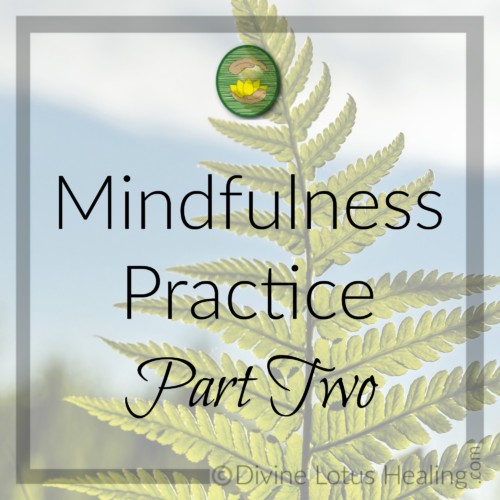





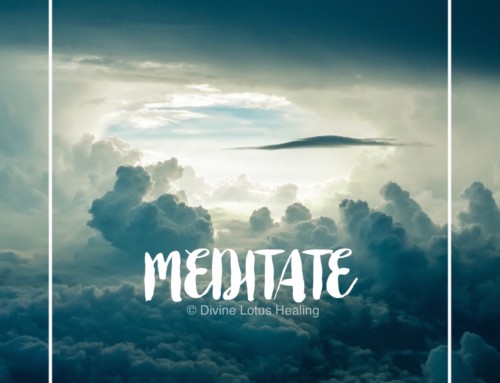
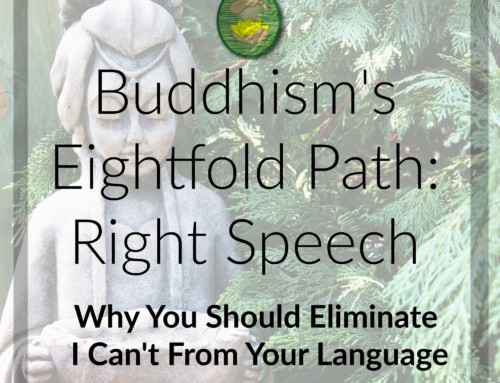
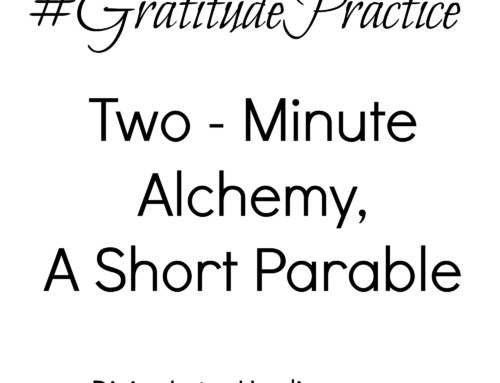
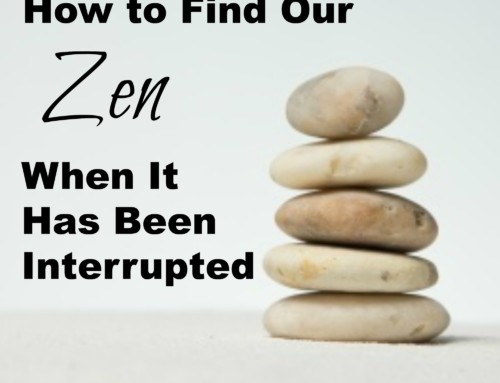
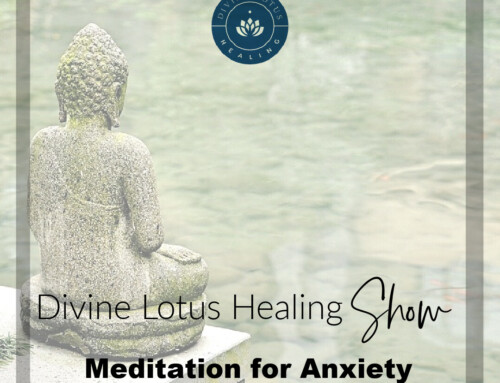
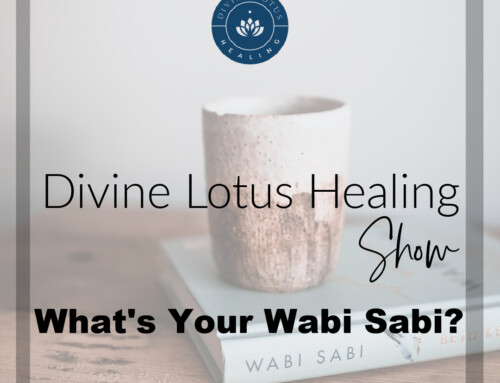
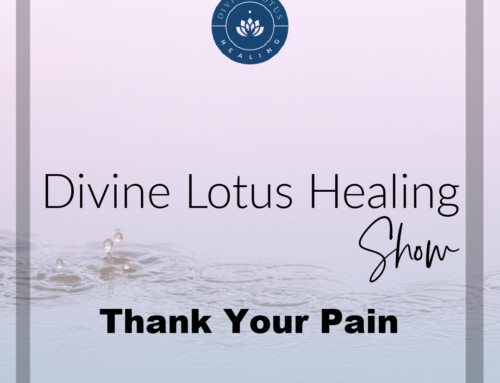

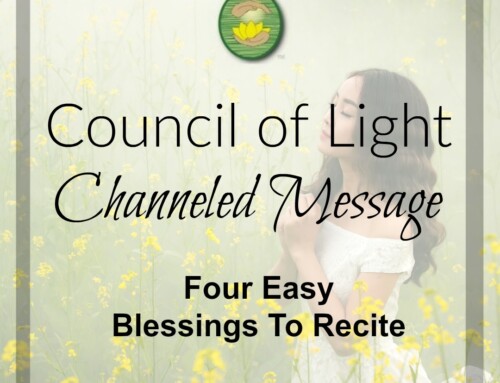
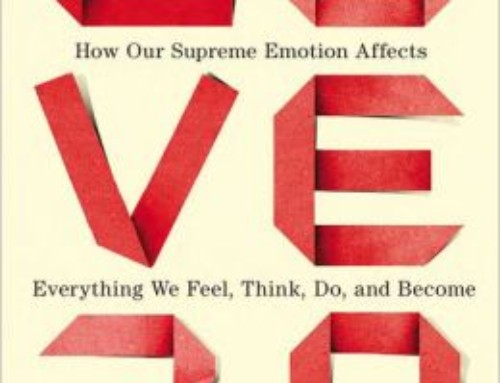
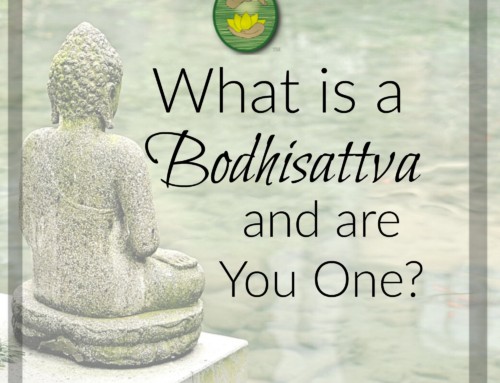
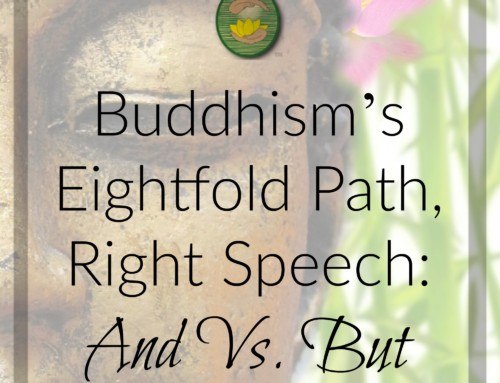
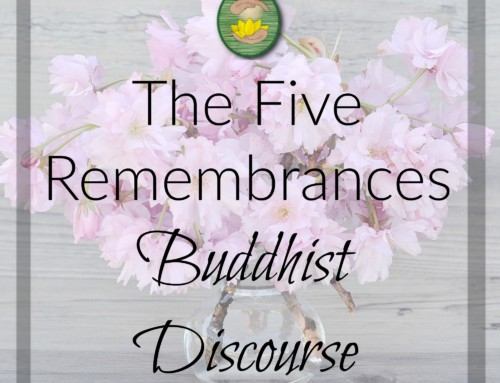
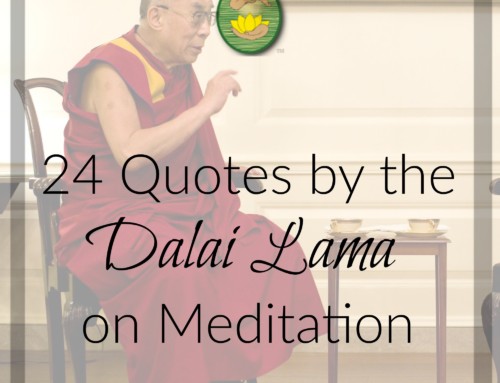
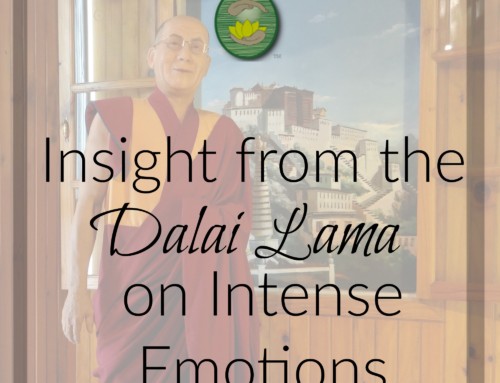
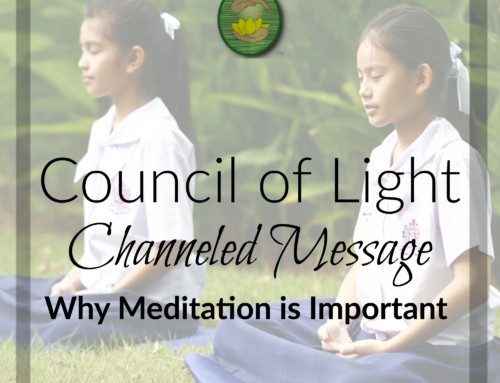
I find it interesting to see here another definition of “living in the moment” that doesn’t acknowledge one’s surroundings or the fleeting beauty that can be found when just looking around with eyes open & without judgement to catch things that from sight alone take the breath away & lift spirits or inspire wonder or action to try to capture that beauty & wonder in a more lasting manner — as another source of information for & about Reiki concepts (which was explaining this concept amongst various posts on why some people were needing to go back to the very roots of Reiki to find what they were missing in their teachings through no fault of their teachers [as was mentioned clearly multiple times]) & I found that very similar definition for “living in the moment”, which was more living in a state of Oneness than anything else, & I see that a good deal in the above lecturer’s definition as well, & both differ vastly from what I think of when I see that phrase. For me living in the moment is being open to seeing those small & often fleeting things that I have mentally coined “moments of beauty” without actively looking for them, but giving them my attention when I do see them when otherwise not being in a state where I’m very specifically fully focused on one thing or multitasking to get things done or otherwise overly engaged with anything at all besides feeling something akin to inner peace & basking in it while it lasts but not actively blocking anything out either, as to feel that way my brain has already blocked thoughts & feelings that would pull me from that state of both mind & being that I like being in — I like seeing things with fresh eyes & an almost lost child-like enthusiasm that I experience when I do spot one of those moments of beauty whether it’s in large, fluffy snowflakes falling or sunlight hitting my black cat’s fur in a way that brings out color & a naturally striped pattern otherwise hidden from sight at all times, or simply enjoying a movie with videography that I have find to be beautiful or inspiring or a plot line I can get wrapped up in & inspired positively in a creative fashion by when I stop judging everything & mentally poking around for the holes or flaws in the movie instead of just enjoying it because I like it & for no better reasons than those…& living in constant pain from a growing more debilitating each & every day I have it incurable chronic disease/illness, I find those moments to be blissful for however long they last & can’t imagine “living in the moment” & blocking out my surroundings at the same time & missing out on my beautiful little moments of wonder, especially when I’m living in what has felt like a personal hell lately of worsening symptoms from a second chronic disease/illness that has been ignored & gone undiagnosed by specialists so far & is now becoming scary with it’s increased pace of progression, so while blocking everything out but simply *being* has a good number of benefits, I still lose that connection to everything that I get in the peaceful state of mind & body that comes without the usually jaded view of things I know I hold despite trying my best not to, & I miss out on those little moments that bring me joy over things that can seem insignificant or silly but that I still see beauty in, so I can’t only make myself have one way to live in the moment as both the lecturer above & a second source both appear to be describing as how am I connected to everything if I’m blocking the rest of the world that I don’t see through internal eyes out?
Sorry, I’m not trying to hijack your post, but seeing that same thing twice in 12 hours now & finding that I can find joy in the little things while in a similar state of being it made me want to say something. Maybe it’s just from my own personal situation that I’ve developed this different view of things while trying to OR after reaching a similar state of mind either consciously or not, but I can’t help but wonder if others are missing their own moments by blocking out both the forest & the trees?
Very well written & insightful pair of posts, by the way. I cannot fault your ability to write with a clarity & ease that makes even people like me who have randomly stumbled across your site from a completely unrelated search for traditional imagery or motifs able to understand everything that you are writing about & the multiple ideas you have put forth in the multiple posts of yours here that I’ve now read. Your love for & devotion to your areas of practice & study are obvious & I can only wish you further enlightenment on your journeys.
Namaste, dear J Spencer. I always appreciate a well articulated and thoughtful discourse with anyone in this age of trolling and thin slicing comments on the internet. I think you and I are closer in agreement and understanding about mindfulness than a first glance would indicate. Your views, so eloquently expressed are welcome here. Many blessings.